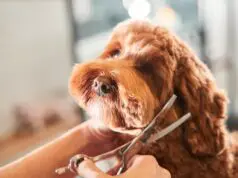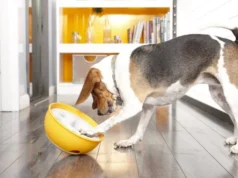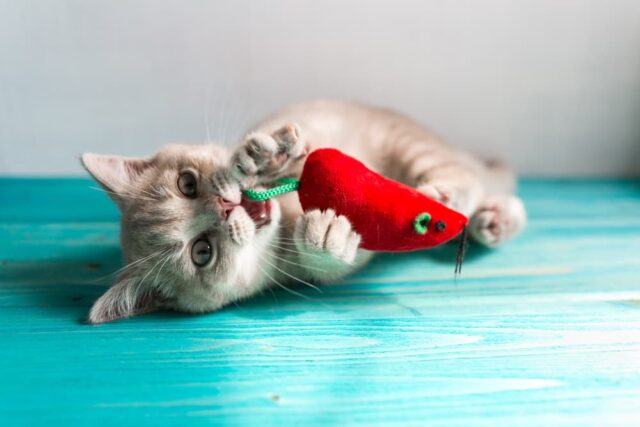
Cats are playful creatures by nature, and providing them with toys is an essential part of their physical and mental well-being. However, not all cat toys are created equal, especially when it comes to the materials they are made from. Choosing the right materials for your cat’s toys is crucial for their safety and overall health. In this comprehensive guide, we will explore the world of cat toy materials, discussing what’s safe, what’s not, and why it matters.
The Importance of Safe Cat Toy Materials
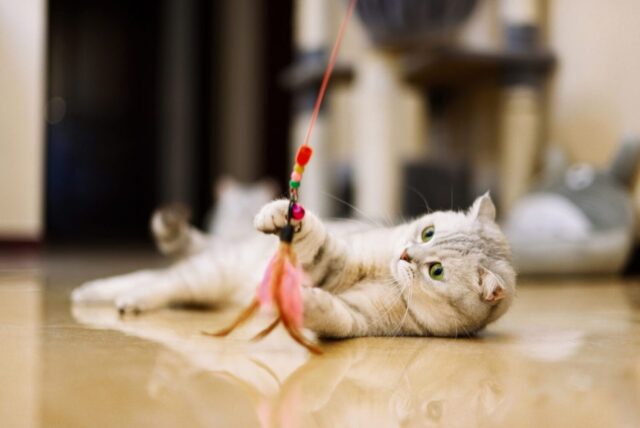
Before delving into the specifics of safe and unsafe materials for cat toys, it’s essential to understand why choosing the right materials matters so much. Cats are not only curious but also prone to chewing, licking, and batting at their toys. This means that any materials they come into contact with can end up in their mouths. Here’s why safe materials are crucial:
1. Preventing Ingestion
Cats often chew on, lick, or even swallow parts of their toys. If a toy is made from toxic or indigestible materials, it can lead to serious health issues. Ingested materials can cause gastrointestinal blockages or poisoning, which may require costly veterinary treatment or even surgery.
2. Avoiding Allergies
Just like humans, cats can have allergies. Low-quality or unsafe materials in cat toys can cause skin irritations, allergic reactions, or respiratory issues in sensitive felines. Choosing safe materials helps minimize the risk of such problems.
3. Promoting Dental Health
Many cat toys are designed to promote dental health by encouraging chewing and gnawing. Safe materials ensure that your cat can enjoy these toys without risking damage to their teeth or gums.
4. Ensuring Longevity
High-quality materials are more durable, which means your cat’s toys will last longer. This saves you money in the long run and prevents the risk of your cat ingesting small, broken toy parts.
Now that we understand the importance of safe materials let’s explore various cat toy materials and their safety.
Safe Cat Toy Materials
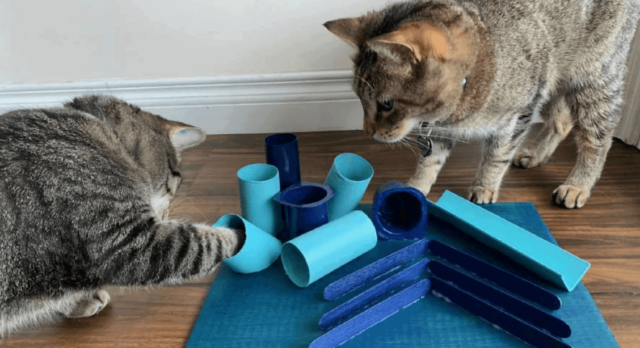
When choosing cat toys, look for materials that are known to be safe for feline companions. Here are some materials commonly used in cat toys that are generally considered safe:
1. Natural Fabrics
- Cotton: Toys made from natural cotton materials are generally safe for cats. They are soft, non-toxic, and can be easily cleaned if they become soiled. Look for toys with minimal dyes and avoid toys with small buttons or decorations that could be a choking hazard.
- Wool: Wool toys are another safe option. Cats often enjoy the texture of wool, and it’s a natural material that doesn’t pose health risks if ingested in small amounts.
2. Natural Feathers
Feather toys mimic prey birds, triggering a cat’s hunting instincts. Natural feathers, especially those from poultry like chickens or turkeys, are safe and appealing to cats. However, ensure the feathers are securely attached to the toy to prevent ingestion.
3. Rubber
- Natural Rubber: Toys made from natural rubber are safe for cats to chew on. They are often used in treat-dispensing toys that can keep your cat mentally stimulated and entertained.
- Silicone: Silicone is a safe and durable material used in many cat toys, particularly those designed for dental health. Silicone toys are usually soft and gentle on a cat’s gums and teeth.
4. Plastic (BPA-Free)
While plastic isn’t an ideal choice for all cat toys, BPA-free plastic is considered safe for some interactive and treat-dispensing toys. Always check that the plastic is labeled as BPA-free, as some plastics can contain harmful chemicals that may leach into your cat’s mouth.
5. Cardboard
Cardboard toys are excellent for satisfying a cat’s natural urge to scratch and claw. They are safe and biodegradable, making them an eco-friendly option.
6. Natural Wood
Toys made from untreated, natural wood are safe for cats to chew on. Wooden toys can provide an excellent outlet for your cat’s chewing instincts.
7. Catnip
Catnip is a natural herb that many cats love. It’s safe and can be incorporated into various toy designs, including stuffed mice or pouches. Catnip can provide hours of entertainment and stimulation for your feline friend.
8. Interactive Fabrics
Toys with interactive fabrics like fleece or canvas can be safe and enjoyable for cats. These materials are often used in puzzle toys and hide-and-seek games.
9. Leather (Genuine)
Genuine leather toys are safe for cats to chew and bat at. However, ensure the leather is untreated and free from any potentially harmful dyes or chemicals.
10. Metal (Stainless Steel)
For toys that incorporate metal parts, make sure they are made from stainless steel. Stainless steel is rust-resistant and safe for your cat to interact with.
Unsafe Cat Toy Materials
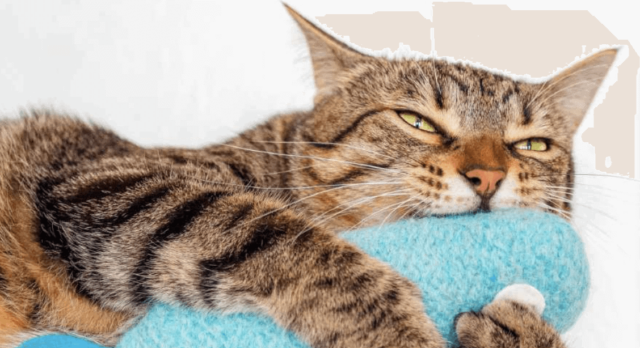
Now that we’ve covered safe materials, it’s equally important to understand which materials are unsafe for cat toys. Avoid toys made from these materials to protect your cat’s health:
1. Toxic Plastics
Avoid toys made from plastics that contain toxic chemicals like phthalates or BPA. These chemicals can leach into your cat’s mouth and potentially cause health issues.
2. Lead
Toys with lead-based paint or decorations can pose serious health risks if your cat chews or licks them. Lead poisoning is dangerous and requires immediate veterinary attention.
3. Small, Swallowable Parts
Toys with small parts, such as buttons, bells, or plastic eyes, can be choking hazards. Cats may swallow these parts, leading to gastrointestinal blockages or other health problems.
4. String, Yarn, or Thread
Long strings, yarn, or thread can be tempting for cats to chew on or play with, but they pose a significant risk of intestinal blockage if ingested. Supervise playtime with toys that contain these materials and put them away when not in use.
5. Toxic Dyes and Paints
Toys with brightly colored dyes or paints may contain toxic substances that can be harmful if ingested. Opt for toys with natural or food-grade dyes instead.
6. Foam
Foam toys can easily be torn into small pieces that may be swallowed or choked on. Additionally, some foam materials may contain chemicals that are harmful to cats.
7. Cheap or Low-Quality Materials
Toys made from cheap, low-quality materials are more likely to break apart, potentially leading to ingestion of small, dangerous pieces. Invest in high-quality toys that are built to last.
Additional Tips for Safe Play
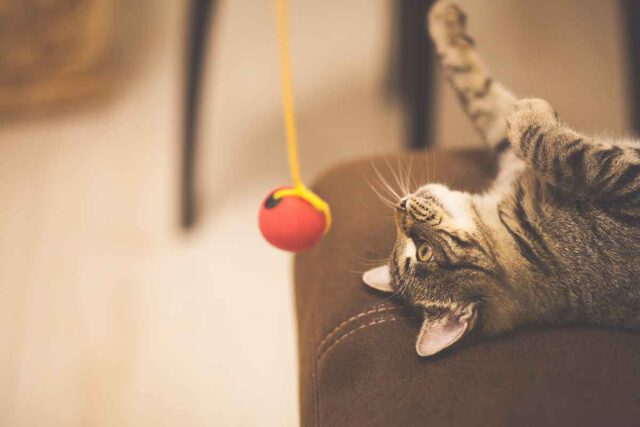
Beyond choosing toys made from safe materials, here are some additional tips to ensure your cat’s playtime is as safe as possible:
1. Supervise Playtime
Always supervise your cat during playtime, especially with new toys. This allows you to monitor their interactions and prevent any potential accidents or ingestion of toy parts.
2. Regularly Inspect Toys
Inspect your cat’s toys regularly for signs of wear and tear. Discard any toys that are damaged, as they can become hazardous. This includes toys with loose parts or frayed materials.
3. Size Matters
Choose toys that are an appropriate size for your cat. Toys that are too small can be a choking hazard, while toys that are too large may be challenging for your cat to play with.
4. Rotate Toys
To keep playtime engaging and prevent boredom, rotate your cat’s toys regularly. This can also help extend the lifespan of the toys.
5. Clean Toys
Wash and clean your cat’s toys as needed. Toys can accumulate dirt, bacteria, and saliva over time, so it’s essential to keep them hygienic.
6. Consider Age and Activity Level
Take your cat’s age and activity level into account when selecting toys. Kittens may prefer toys that encourage active play, while older cats might enjoy quieter, more mentally stimulating toys.
Final Words
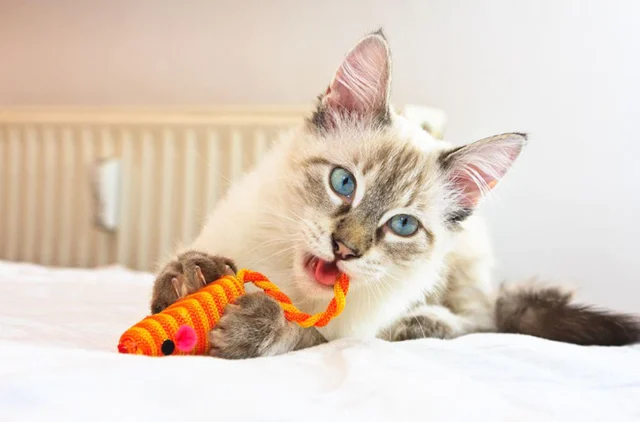
Choosing safe materials for your cat’s toys is a crucial aspect of responsible pet ownership. It not only ensures your cat’s physical well-being but also enhances their mental and emotional health by providing them with hours of enjoyment and stimulation.
Remember to opt for toys made from natural materials like cotton, feathers, and wood, as well as safe synthetic materials like rubber and silicone. Avoid toys with toxic plastics, lead-based paint, or small, swallowable parts. By making informed choices and following safety guidelines, you can provide your feline companion with a safe and enjoyable playtime experience while minimizing the risk of accidents or health issues.
Investing in high-quality, safe toys is an investment in your cat’s overall happiness and well-being. So, the next time you shop for cat toys, keep these considerations in mind and treat your furry friend to toys that are not only entertaining but also safe and healthy.

